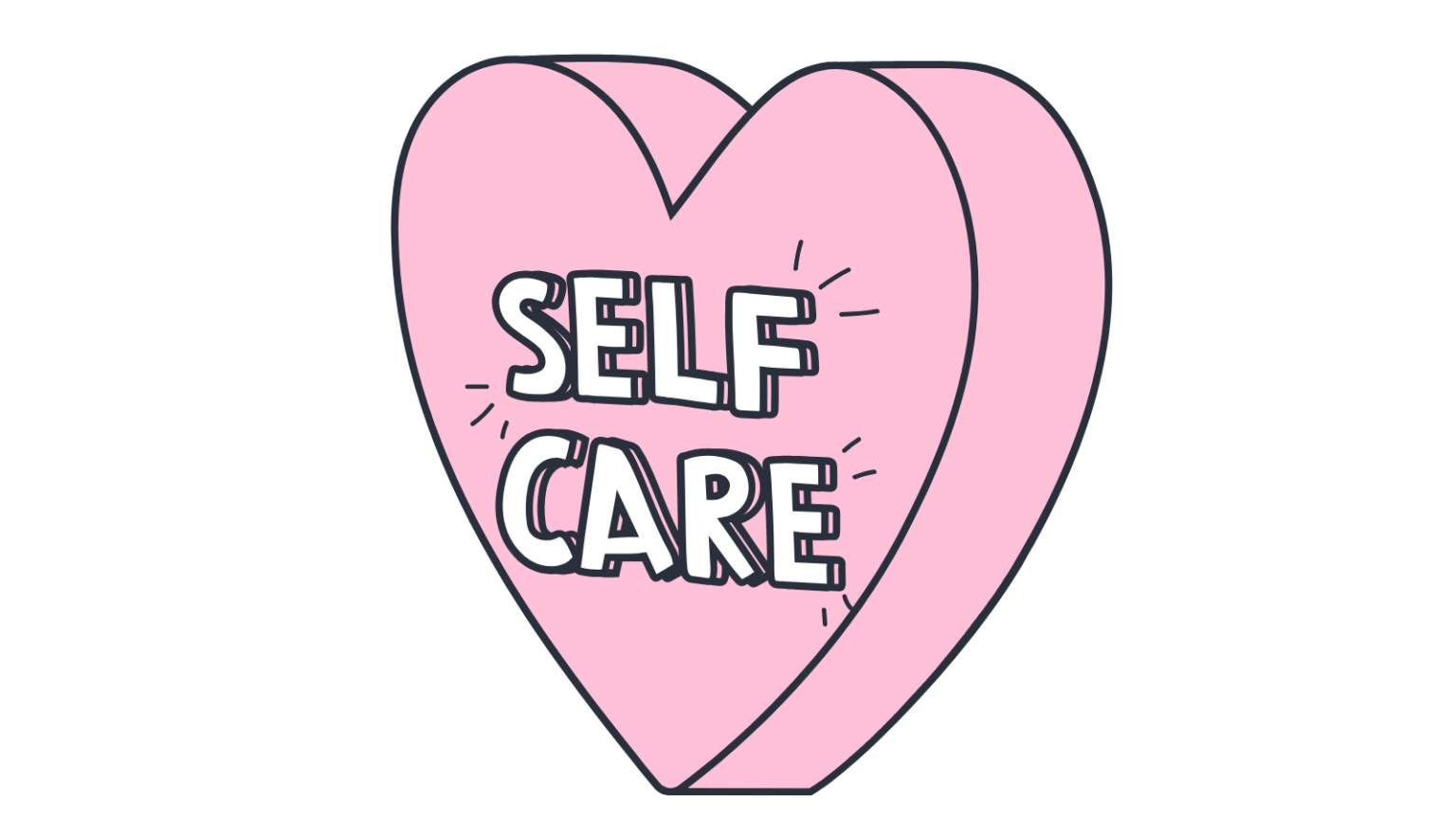Self Care Strategies for Teachers
I recently attended the TESOL Convention where I had a conversation with a teacher about the work that I’m doing related to teacher self-care. I wasn’t surprised when she responded the way she did because a few years ago, I would have responded in a similar fashion.
In 2015, I left classroom teaching after a 20-year career due to professional burn-out. Sadly, self-care was not part of my vocabulary. I’m now on a mission as a teacher self-care crusader and advocate to talk about its importance.
Teaching is a profession that requires giving of one’s self to make a difference for students. The chronic use of empathy and depletion of emotional resources are strongly associated with emotional exhaustion and/or professional burnout (Maslach, Schaufeli & Leiter, 2001).
There is a growing interest in the area of student well-being but everyone must flourish, including students, teachers, and administrative staff. Research studies suggest that learning happens best when teachers and their students are well but the added benefit is that as teachers flourish, relationships with students, colleagues and the larger community become more positive (Cherkowski & Walker, 2018). Therefore, the learning and working environment is sustaining for all when teachers increase their well-being and flourish through self-care practices.
Self-care is not selfish. You cannot serve from an empty vessel.
Eleanor Brownn
Self-care is not an indulgence but the key to sustaining the joys and rewards of one’s teaching practice. Self-care is defined as skills and strategies used to maintain personal, familial, emotional, and spiritual needs while attending to the needs and demands of others (Newell & MacNeil, 2016). Without self-care, teachers are at risk of emotional exhaustion and/or professional burn-out.
Joys, Rewards and Gifts of Teaching
Teachers derive high levels of job satisfaction because of the close connection to others and the opportunity to help and teach. According to a recent study, students most often describe their teachers as caring, which is an essential quality in our work as teachers however in order for us to maintain the caring attitude, it must be strongly guarded (Skovholt and D’Rozario, 2000).
The Hazards
Although there are many joys from our teaching practice, the profession is not without its hazards:
Students
- low motivation
- high level of needs such as trauma
- large classes
- multi-levels
Teachers
no set boundaries
- no set boundaries
- boredom or meaning burn-out
- no or little support
- perfectionism
- unrealistic workloads
Environment
- continuous or late enrollment of students (common in ESL classes)
- negative colleagues
- organizational bureaucracy
- ineffective leadership
- precarious work
- multiple jobs at multiple schools
- no health benefits or sick days for part-time/contract faculty
In addition to these hazards, teachers are among those professionals with the highest levels of job stress and burnout across many countries (Stoeber & Renner, 2008). Increased legislative and admin regulations, educational standards with little professional development opportunities, planning time, support and resources contribute to stress (Action & Glasgow, 2015, Spilt, Koomen & Thijs, 2011, Curry, 2012)
I encourage teachers to watch for warning signs. Christine Maslach has conducted extensive research in the area of burn-out and has designed a survey for educators which is available online. This kind of survey can help you identify warning signs.
Self Care Strategies for Teachers
Self-care is a way for teachers to build resilience, ensure their well-being and flourish but it requires a change in mindsets and healthy habits. When I returned to teaching in 2017, I realized that I needed to adopt self-care strategies if I wanted to prevent burn-out again. I strongly believe that self-care should be easy to do, be no cost/low cost and avoid adding time to an already busy career. To achieve this, I have adopted new mindsets and developed new healthy habits:
I Matter!
Guilt be gone!
Express Gratitude
Let go of perfection
Notice the Good Stuff
No is a complete sentence
Teaching is a career, not a lifestyle
Mindset 1 was the most challenging because for my entire career, I put everyone else’s needs first. I strongly believe that I matter and people who love me think I matter too. If you are not ready to embrace new mindsets, then it will be very difficult to practice self-care. Design your own set of mindsets that will work for you.
New Healthy Habits
The only proper way to eliminate bad habits is to replace them with good ones.
Jerome Hines.
Think about some of your current habits (good or bad). What habits could be getting in the way of your self-care? Here’s my list of new habits:
Walk! (cancelled my parking pass)
Set reasonable marking expectations
No email on weekends or evenings
Drink more water and less coffee
After work ritual
Spend time doing things I like other than teaching
Connect with people important to me
Have a non-work day
Institutional Initiatives
Teacher well-being should be a priority. The rise of precarious and insecure work, low wages, and a lack of health benefits have harmful health effects. Precarious workers are three times more likely to rate their health as less than good, so the promotion of well-being through access to health benefits is needed along with more stable employment (Access Alliance, n.d.). For new teachers, stress levels are extremely high so buddies or mentorships are a good way to provide support. Spurgeon and Thompson (2018) argue that well-being should be part of teacher education programs.
I think that this is a very good idea. Teachers must also be provided with proper workspaces. A friend of mine who is in a college faculty indicated that personal desks were replaced by open concept shared computer stations (personal communication). During a webinar on this topic that I conducted in December 2018, teachers indicated that a good work environment, feeling valued, respected and appreciated for their work contributed to their well-being. Expressing appreciation for the work that teachers do costs nothing. Well-being committees are spreading in the UK and Australia with good results.
Self Care Strategies for Teachers – Conclusion
Self-care is not an indulgence but needed in the work that we do. It is natural for teachers to put others first but we must find ways to maintain our vitality, health, and well-being in order to be our best for others. Teachers need to be empowered and encouraged to take care of themselves but this requires teachers and administrators to ensure that this happens. What about you? What are your self-care practices? Does your school/institution have a well-being program? Please enter your comments below.
References
- Access Alliance, Multicultural Health & Community Services. (n.d.). Knowledge, mobilization & advocacy.
- Acton, R. & Glasgow, P. (2015). Teacher wellbeing in neoliberal contexts: A review of the literature. Australian Journal of Teacher Education, 40(8), 99–114. https://dx.doi.org/10.14221/ajte.2015v40n8.6
- Cherkowski, S. & Walker, K. (2018). Teacher wellbeing. noticing, nurturing, sustaining and flourishing in schools. Burlington, ON: Word & Deed Publishing.
- Maslach, C., Schaufeli, W. B., & Leiter, M. P. (2001). Job burnout. Annual Review of Psychology, 52, 397–422. http://dx.doi.org/10.1146/annurev.psych.52.1.397
- Newell, J. & MacNeil, G. (2010). Professional burnout, vicarious trauma, secondary traumatic stress, and compassion fatigue: A review of theoretical terms, risk factors, and preventive methods for clinicians and researchers. Best Practices in Mental Health, 6(2).Lyccum Books.
- Skovholt, T.M. & D’Rozario, V. (2000). Portraits of outstanding and inadequate teachers in Singapore: The impact of emotional intelligence. Teaching & Learning, 40(1), 9–17.
- Skovholt, T. M. & Trotter-Mathison, M. (2011). The resilient practitioner: Burnout prevention and self-care strategies for counselors, therapists, teachers, and health professionals, second edition. (2nd Edition ed.) New York: Taylor and Francis. https://doi.org/10.4324/9780203893326
- Stoeber, J. & Rennert, D. (2008). Perfectionism in school teachers: Relations with stress appraisals, coping styles, and burnout. Anxiety, Stress, & Coping, 21, 37–53.
- Split, J. L., Koomen, H. M. & Thijs, J. T. (2011). Teacher well-being: The importance of teacher-student relationships. Educational Psychology Review, 23(4), 457–477.
- Spurgeon, J. & Thompson, L. (2018). Rooted in resilience: A framework for the integration of well-being in teacher education programs. University of Pennsylvania.






